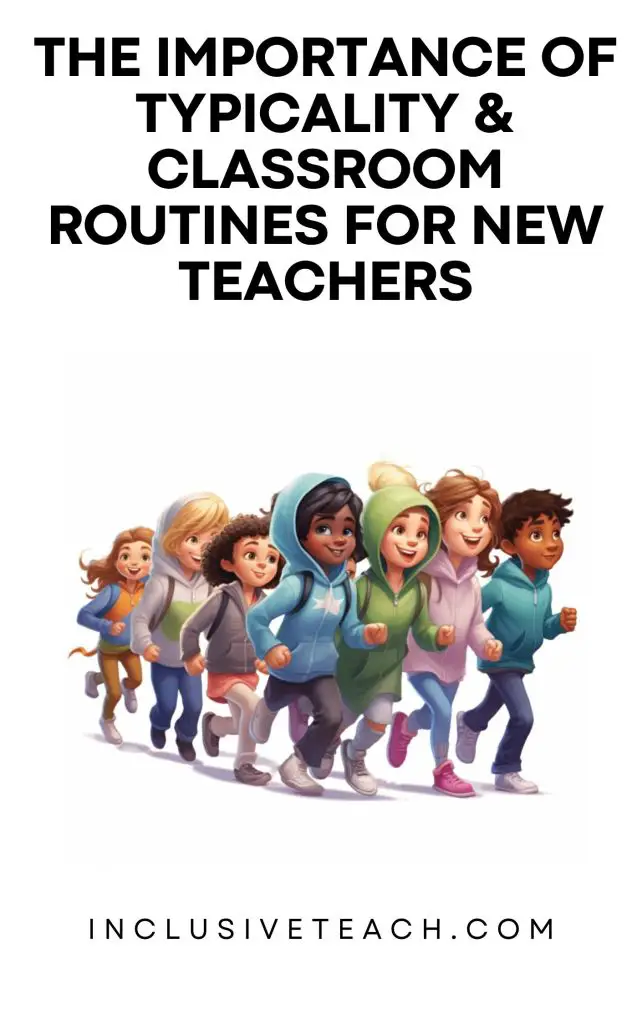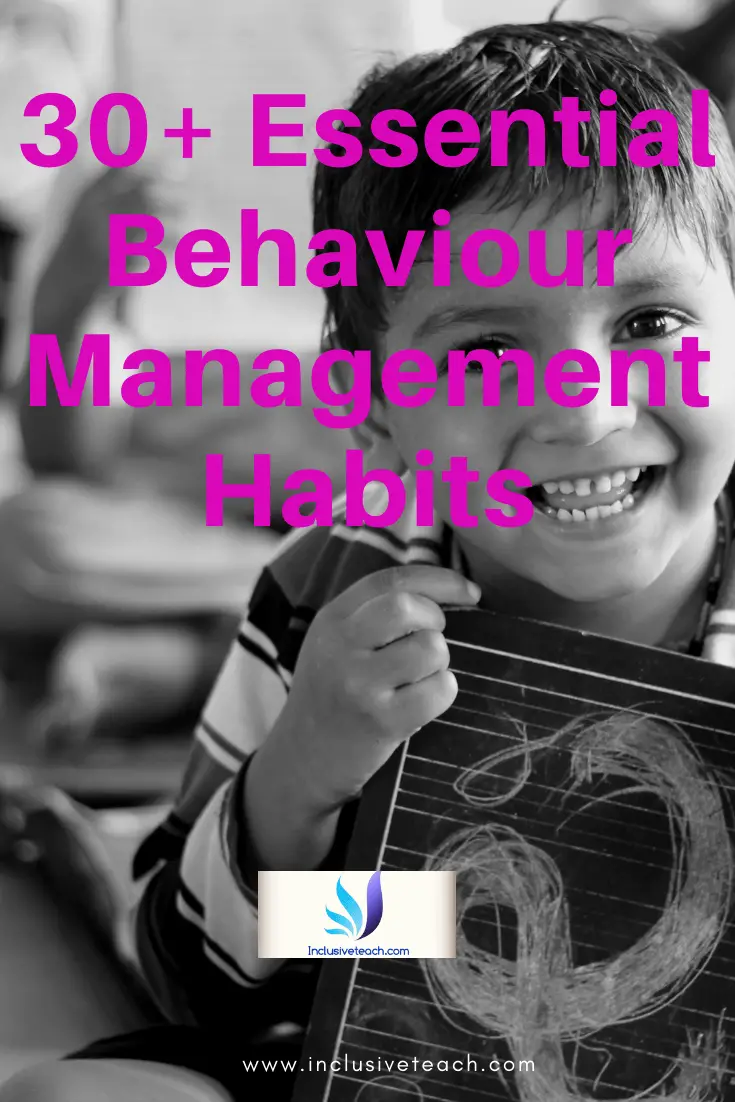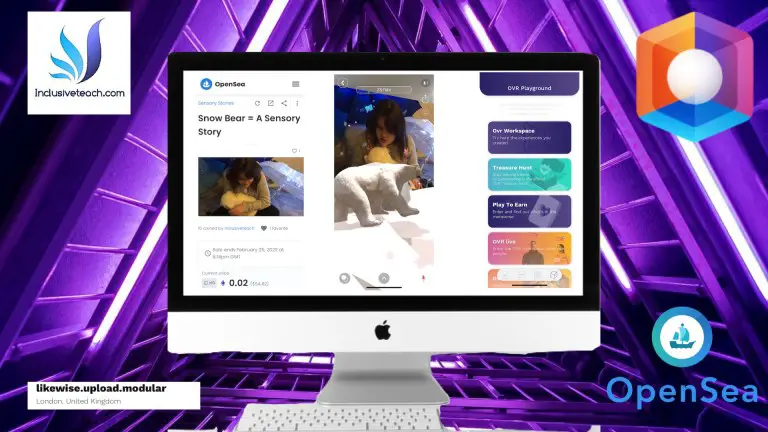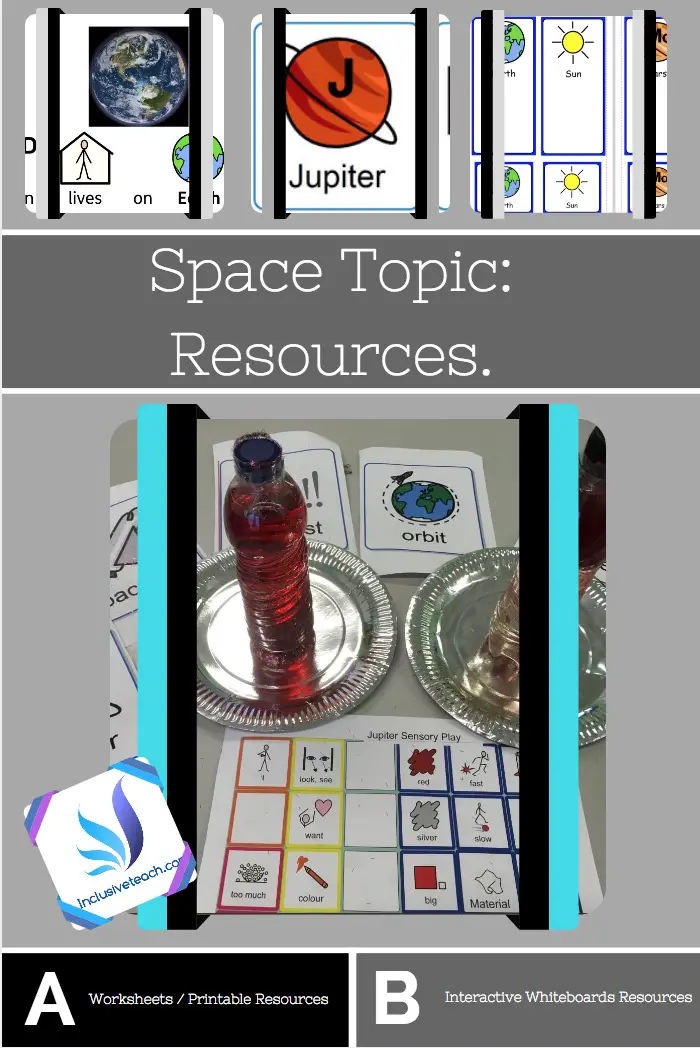The Importance of Typicality & Classroom Routines for New Teachers
The Importance of Classroom Routines for UK Teachers and ECTs: Supporting Pupils with Special Educational Needs
Classroom routines play a crucial role in creating an effective learning environment, particularly for pupils with special educational needs (SEN). The Early Career Framework highlights the importance of establishing and reinforcing routines in promoting positive behaviours and fostering a predictable and secure atmosphere. This article will explore the significance of typicality for UK teachers and provide practical guidance on how to implement them effectively, with a specific focus on supporting pupils with SEN. When mentors or school leaders observe you we are looking for evidence of typicality. What we are seeing now is what the pupils see every day.
It is easy to pick up whether they are used to working in groups, what the routines for moving around the class are by how much disruption is caused by these activities. In September there may be some, but by Christmas, all pupils should know what is expected and transition seamlessly between activities.
10 Benefits of Embedding Classroom Routines
Routines and classroom procedures serve a variety of functions in the classroom, here are 10 reasons why classroom routines are important:
- Provide predictability. Routines help students know what to expect and what is expected of them. This can help reduce anxiety and create a sense of security.
- Improve time management. Routines streamline classroom activities and transitions, maximising the time available for learning.
- Clarify expectations. Routines communicate clear expectations for student behaviour and performance. This helps students understand what is required of them.
- Simplify the environment. Routines bring order and structure to the complex environment of the classroom. This makes the setting easier for students to navigate. This can even reduce cognitive load.
- Promote independence. Well-established classroom routines enable students to complete tasks with minimal guidance. This helps build their independence and self-sufficiency. Classroom jobs for pupils can be really effective in developing this.
- Increase engagement. The predictable nature of routines can make students feel more at ease and willing to participate in learning activities. This leads to greater engagement and involvement.
- Facilitate inclusion. Routines provide clarity and consistency, which helps to accommodate students with a range of needs. This makes the classroom environment more inclusive.
- Improve transitions. Routines establish efficient procedures for moving between activities, minimising disruptions and loss of instructional time.
- Enhance learning. An orderly environment focused on meaningful activities cultivates the mindset and behaviours required for effective learning. Routines are essential for creating this type of optimal learning setting.
- Strengthen relationships. Fair, consistent and well-communicated routines help to build trust between teachers and students. This contributes to more positive relationships within the classroom.
For pupils with SEN, classroom routines can be particularly beneficial in creating a sense of predictability and security, which can help them to feel more comfortable and engaged in the learning process.
Practical Tips for Establishing and Reinforcing Routines
To effectively establish and reinforce routines in the classroom, teachers should follow a four-stage process:
- Clarify: Clearly communicate the purpose and procedure of each routine, ensuring that students understand its importance in promoting a safe and efficient learning environment.
- Model: Demonstrate the expected routine to the students, highlighting its key elements and explaining any potential misconceptions. This may also involve providing non-examples to clarify misunderstandings.
- Practice: Provide scaffolded opportunities for students to practice the routine, incorporating elements of competition or time constraints to promote engagement.
- Reinforce: Regularly acknowledge when routines are performed well and offer reminders or additional practice when necessary.
In addition to these stages, teachers should also identify recurring and predictable events in the classroom, such as the logistics of the class, instructional tasks, and interactive routines (Burden, 2003; Savage, 1999). By establishing clear and simple procedures for these events, teachers can facilitate a more structured and efficient learning environment.
Conclusion
Establishing and reinforcing classroom routines is an essential aspect of effective teaching, particularly for pupils with SEN. By following the four-stage process outlined above, UK teachers can create a predictable and secure learning environment that supports the unique needs of their students. This, in turn, maximises the time available for learning and helps to foster positive relationships and behaviours within the classroom.

References
Burden, R. (2003). Classroom management: Creating a successful learning community. Hoboken, NJ: John Wiley & Sons.
Colvin, G., & Lazar, M. (1995). Managing the classroom environment: A four-step process. Intervention in School and Clinic, 30(3), 170-174.
Docking, R. (2002). Teacher leaders: The what, why and how of teacher leadership. ACEL Monograph Number 39.
Newsom, B. E. (2001). Everything you want to know about environmental classroom modifications. Teaching Exceptional Children, 33(3), 54–59.
Savage, T. V. (1999). Teaching self-control through management and discipline. Boston: Allyn & Bacon.
Vaughn, S., Bos, C. S., & Schumm, J. S. (2000). Teaching exceptional, diverse, and at-risk students in the general education classroom. Boston: Allyn & Bacon.







6 Comments